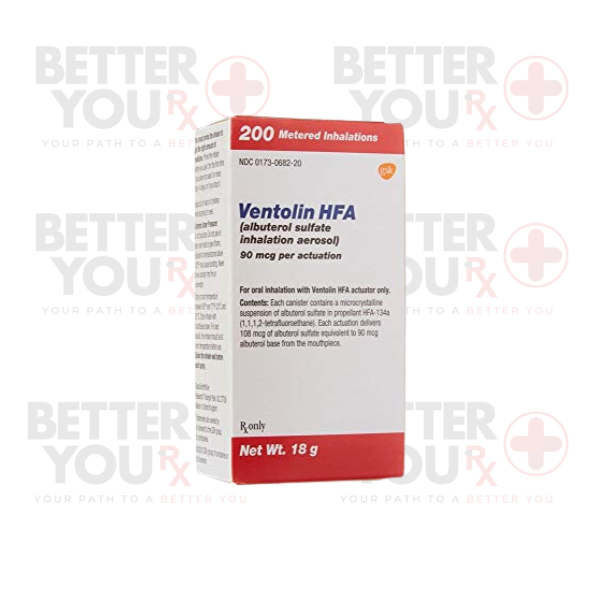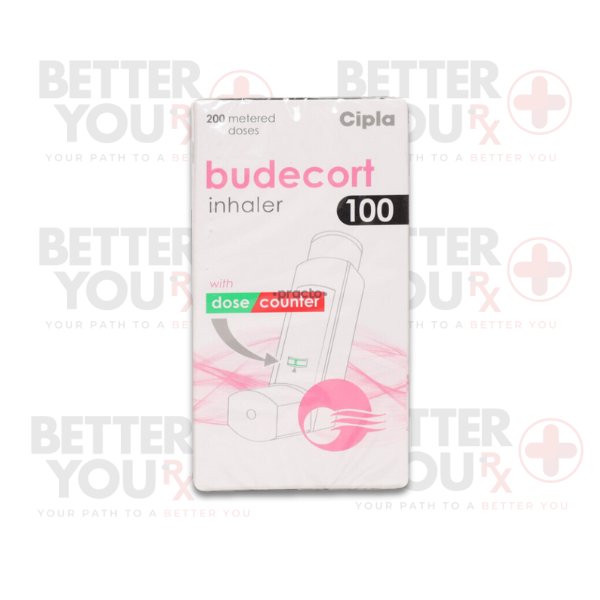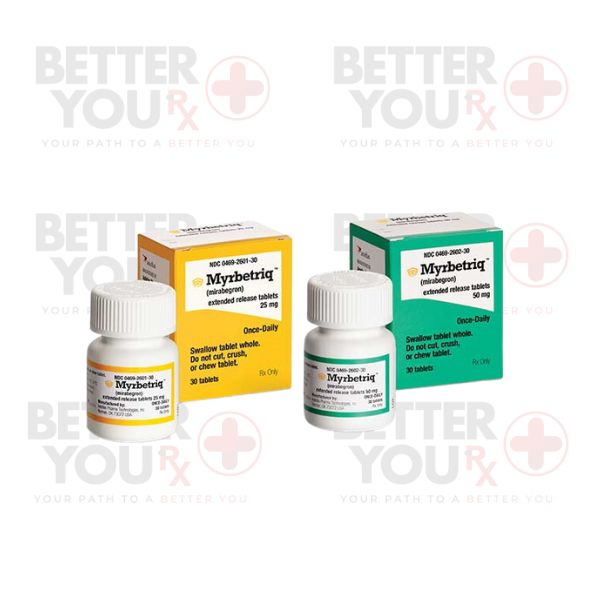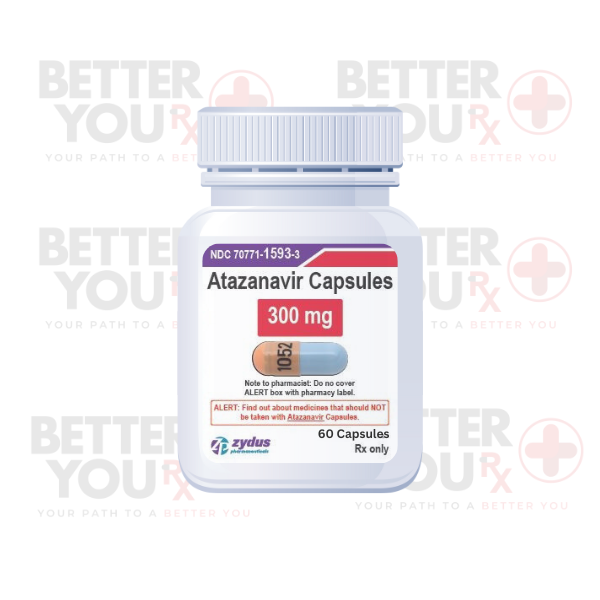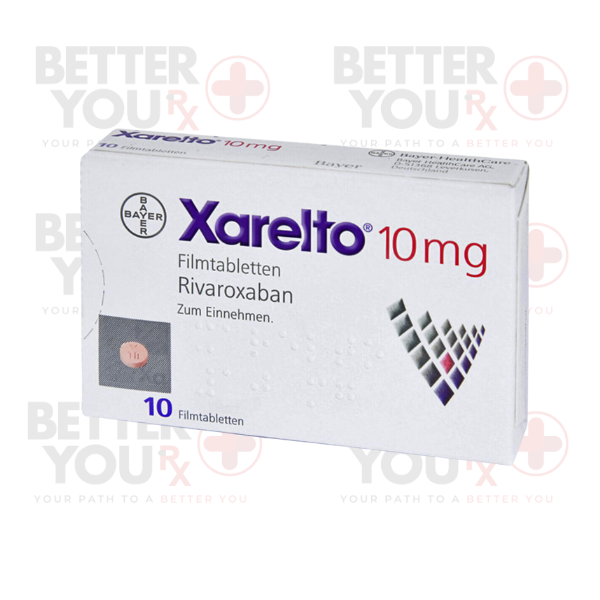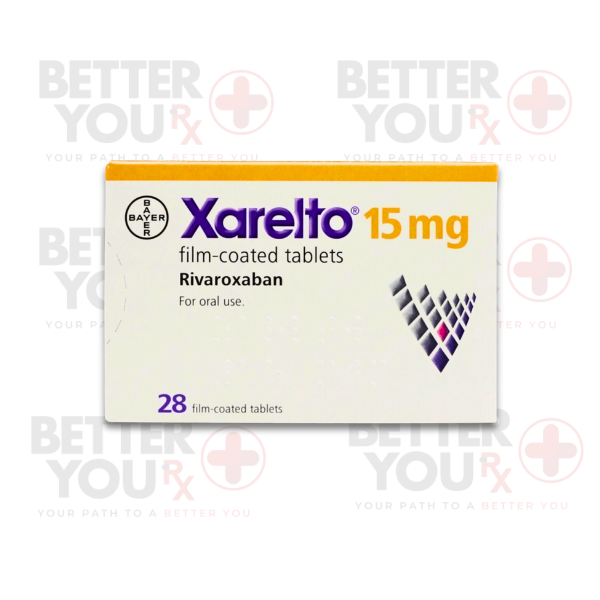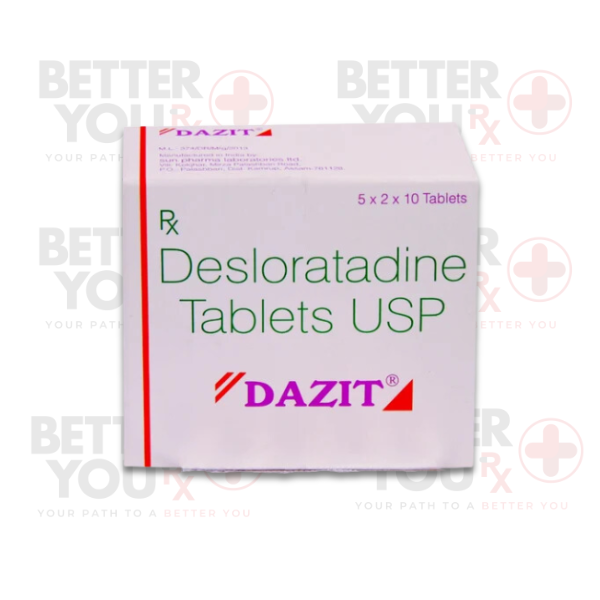| Usage |
Ophthalmic brinzolamide is provided as a liquid solution for eye application. Typically, it's applied three times daily. Adhere closely to the instructions on your prescription label and seek clarification from your healthcare provider or pharmacist for any unclear aspects. Use brinzolamide eye drops precisely as directed—avoid exceeding or reducing the dosage, or increasing the frequency beyond your doctor's instructions.
Brinzolamide eye drops help manage glaucoma but do not provide a cure. Even if you're feeling well, it's crucial to continue using brinzolamide eye drops. Never discontinue their use without consulting your doctor.
To apply the eye drops, follow these steps:
1. Ensure your hands are completely clean by washing them with soap and water.
2. Inspect the dropper tip for any damage.
3. Ensure the dropper tip does not come into contact with your eye or any other surface; maintain cleanliness.
4. Tilt your head back, and with your index finger, pull down your lower eyelid to create a pocket.
5. Hold the dropper, tip facing downward, as close to the eye as possible without touching it.
6. Steady the remaining fingers of your hand against your face.
7. Look upwards and gently squeeze the dropper to release a single drop into the pocket formed by the lower eyelid. Lift your index finger away from the lower eyelid.
8. Close your eye for 2 to 3 minutes and tilt your head downward as if looking at the floor, avoiding blinking or squeezing your eyelids.
9. Apply slight pressure to the tear duct using a finger.
10. Wipe away any excess liquid from your face with a tissue.
11. If you need to use more than one drop in the same eye, wait at least 5 minutes before applying the next drop.
12. Replace and securely close the dropper bottle cap. Avoid wiping or rinsing the dropper tip.
13. Wash your hands to remove any residual medication.
|
| Side Effects |
Brinzolamide eye drops may result in side effects. Notify your doctor if any of the following symptoms persist or worsen:
• Blurred vision
• Unusual, bitter, or sour taste following drop application
• Dry eyes
• Sensation of foreign objects in the eye
• Headache
• Runny nose
If you experience any of the subsequent symptoms, discontinue the use of brinzolamide eye drops immediately and contact your doctor:
• Itchy eyes or skin
• Redness or swelling of the eyes, lips, tongue, or skin
• Excessive tearing
• Eye discomfort or pain
• Skin rash, hives, or alterations in skin condition
• Breathing difficulties or swallowing problems
• Sore throat
• Fever
• Chest pain
|
| Storage |
Store this medication in its original container, securely sealed, and out of the reach of children. Store it at room temperature, keeping it away from excessive heat and moisture (do not store it in the bathroom). Unused medications must be disposed of safely to prevent accidental consumption by pets, children, or others.
Do not flush this medication down the toilet; instead, consider participating in a medicine take-back program. To learn about take-back programs in your community, consult your pharmacist or contact your local garbage/recycling department.
It's vital to store all medications out of children's sight and reach, as many containers, including those for weekly pill organizers and eye drops, are not child-resistant and can be easily opened by young children. To prevent accidental poisoning, always secure safety caps and store medications in a secure location, up and away from children's access.
|
| Special Precautions |
Prior to using brinzolamide eye drops, it's essential to:
• Inform your doctor and pharmacist about any allergies you may have, including allergies to brinzolamide eye drops, other antibiotics, sulfa drugs, or any other medications.
• Disclose all prescription and non-prescription medications you are currently taking, particularly acetazolamide (Diamox), dichlorphenamide (Daranide), eye medications, methazolamide (Neptazane), products containing aspirin, vitamins, and herbal products.
• If you are using another topical eye medication, administer it either 10 minutes before or 10 minutes after using brinzolamide eye drops.
• Communicate any history of kidney or liver disease to your doctor.
• If you are pregnant, planning to become pregnant, or nursing, inform your healthcare provider.
• If you have upcoming surgery, including dental procedures, notify the attending doctor or dentist about your use of brinzolamide eye drops.
• In case of an eye injury or infection, contact your doctor to determine whether you should continue using the same eye drop bottle.
• Mention if you wear soft contact lenses and ensure a 15-minute gap between using the medication and inserting soft contact lenses.
• Be cautious when driving or operating machinery, as your vision may be temporarily blurred after applying the eye drops.
|
| Missed Dose: |
If you forget a dose, administer it when you recollect, but if the next scheduled dose is approaching, omit the missed one and adhere to your usual dosing routine. Avoid using a double dose to compensate for a missed application.
|
| Other Information |
Ensure you attend all scheduled appointments with your doctor. These appointments are essential for monitoring your response to brinzolamide eye drops through specific eye tests. Safeguard your medication from being used by anyone else. If you have any questions regarding prescription refills, consult your pharmacist.
Maintain a written record of all prescription and over-the-counter medications, including vitamins, minerals, and dietary supplements. This list should accompany you to every doctor's appointment and in the event of hospitalization, serving as crucial information in case of emergencies.
|


